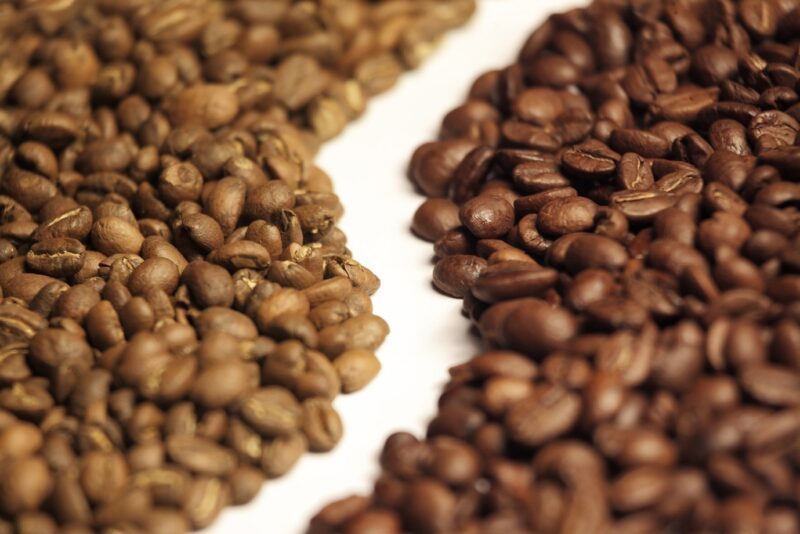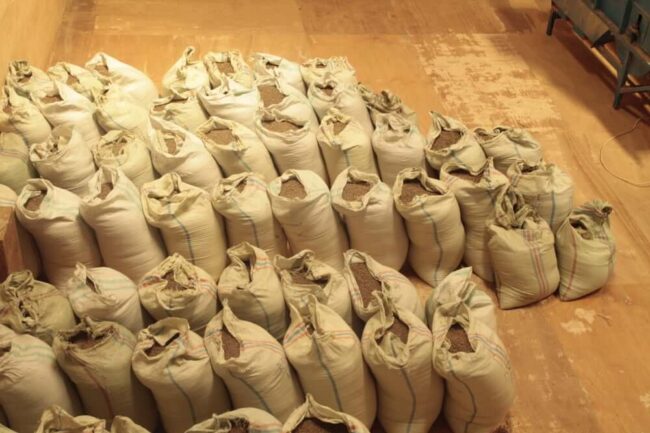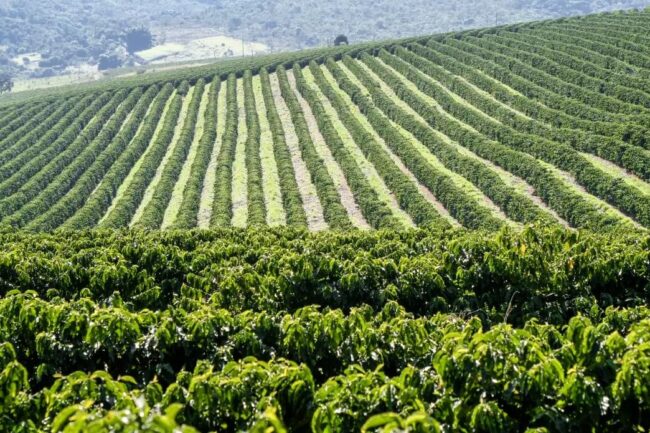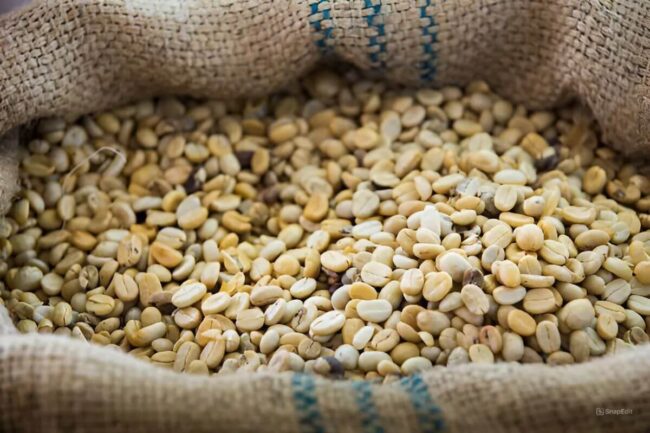May arabica coffee (KCK23) on Thursday closed down -1.35 (-0.74), and May ICE robusta coffee (RMK23) closed up +3 (+0.14%).

Coffee prices Thursday settled mixed. Arabica coffee was under pressure on increased exports from Honduras, Central America’s biggest grower and exporter of arabica beans. On Thursday, the Honduran Coffee Institute reported that Honduran Feb coffee exports rose +32% y/y to 863,901 bags.
Signs of smaller supplies are boosting robusta coffee prices after the General Statistics Office of Hanoi reported Monday that Vietnam’s Jan-Feb coffee exports were down -13.1% y/y at 340,000 MT.
An easing of flooding concerns in Brazil is bearish for coffee prices as that should allow farmers in Minas Gerais, Brazil’s largest arabica growing region, back into coffee fields to apply fertilizers and pesticides. Somar Meteorologia reported Monday that Brazil’s Minas Gerais region received 39.7 mm of rain in the week ended February 26, or 77% of the historical average. Minas Gerais accounts for about 30% of Brazil’s arabica crop.
Signs of tighter arabica coffee inventories are bullish for prices. ICE arabica coffee inventories Thursday fell to a 2-1/4 month low of 786,721 bags.
Last Wednesday, coffee prices rallied to a 4-1/2 month high on a lack of coffee for sale in the cash market after reports that Brazilian coffee farmers are withholding supplies for higher prices due to increased growing costs, especially fertilizers.
Global coffee supplies have tightened. The Green Coffee Association on February 15 reported U.S. Jan green coffee inventories fell -1.8% m/m to 6.265 mln bags. Also, robusta coffee inventories have shrunk as ICE-monitored robusta coffee inventories on February 15 declined to 5,933 lots, the lowest since contract rules changed in 2016. However, robusta inventories have recently recovered and rose to a 2-1/2 month high Thursday at 7,198 lots.
Smaller global coffee exports support coffee prices after the International Coffee Organization (ICO) reported on February 2 that Oct-Dec global coffee exports fell -2.8% y/y to 30.27 mln bags. Cecafe reported on February 9 that Brazil Jan green coffee exports fell -18.5% y/y to 2.52 mln bags. Coffee exports from Guatemala, the second-largest coffee producer in Central America, fell -8% y/y in January to 172,439 bags. Coffee exports from Colombia, the world’s second-largest producer of arabica coffee beans, fell -19% y/y to 835,000 in January. Vietnam Jan coffee exports sank -27.7% y/y to 142,544 MT.
Robusta has support after coffee trader Volcafe forecasted that the global 2023/24 robusta coffee market would see a record deficit of 5.6 mln bags as Indonesia, the world’s third-largest robusta producer is expected to see its 2023/24 robusta coffee production fall to 9.1 mln bags, the smallest robusta crop in 10 years due to damage from excessive rainfall across its growing regions.
The USDA, in its bi-annual report released on December 23, cut its global 2022/23 coffee production estimate by -1.3% to 172.8 mln bags from a June estimate of 175.0 mln bags. In addition, the USDA cut its 2022/23 global coffee ending stocks estimate by -1.7% to 34.1 mln bags from a June estimate of 34.7 mln bags. Meanwhile, the USDA’s Foreign Agriculture Service (FAS) on November 22 cut its Brazil 2022/23 coffee production forecast by -2.6% to 62.6 mln bags from a prior estimate of 64.3 mln bags. This year was supposed to be the higher-yielding year of Brazil’s biennial coffee crop, but coffee output this year was slashed by drought




